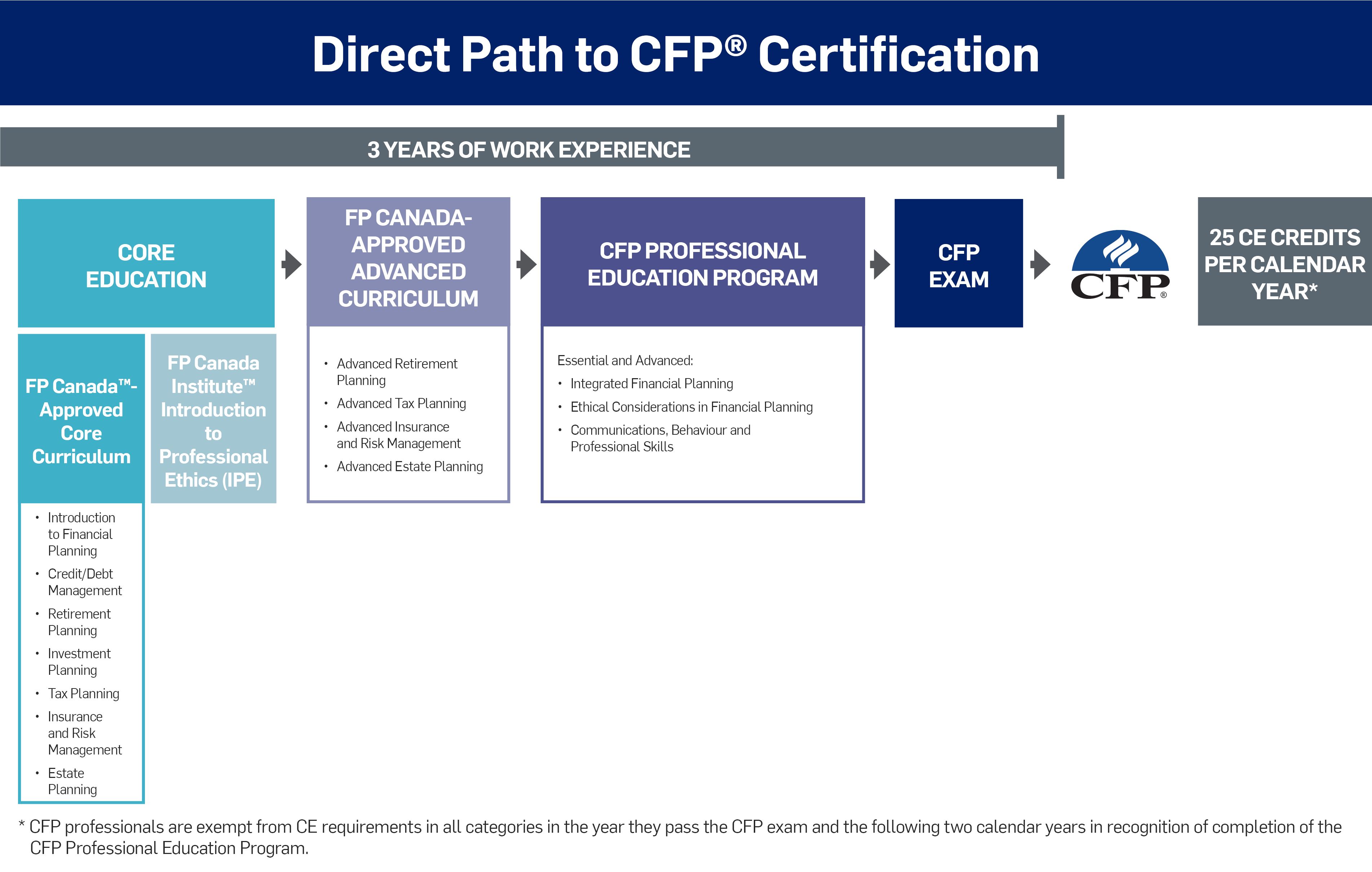
There are many proposals for addressing the problem of Social Security. To solve the problem, workers should see their tax rates rise. This would make it possible to raise them until 2095. Another solution is to abolishing the taxable base for wages, and allow them to be taxed. The deficit could be reduced by raising the retirement age from 65 to 66. Although there are many more options, these three should not be overlooked.
Worker-beneficiary ratio of 2.6
Social Security is facing serious problems. It requires a worker/beneficiary level of 2.8 in order to remain solvent. However, this ratio is falling below the current level. This ratio is projected to drop to two-and-a-half by 2060, and an effective reform agenda must reverse this downward trend. Although immigration is a good option to reverse this trend, there are many other solutions.

Payroll tax increase
People believe that increasing payroll tax will solve the Social Security problem. However, there is a problem. The decline in payroll tax revenue since 1983 has been significant, but a lot of it is due to rising inequality and the rise of fringe benefits. Despite recent financial crises, many Americans are still supportive of Social Security. An overwhelming majority support raising the tax rate on payroll to strengthen the system.
Modification to the calculation of the consumer price Index
Many Americans believe that changing a formula for the consumer prices index is the best way to solve the current Social Security problem. However, this is not the only solution. The current formula for the COLA is flawed and many economists believe that the CPI overstates inflation. Several proposals have been floated that involve reducing the COLA every year. We'll be looking at these changes and their implications.
Changes in retirement age
One solution to current social security problems is likely to be a reduction in the retirement ages. The full retirement age remains at 65. A new study however suggests that the age should be increased to 67 by the end of 22 years. This change would only be applicable to younger people. It would take place over a 22-year period. While this solution is less drastic than returning to the original retirement age of 65, it may not work for everyone. This proposal could result in more people delaying their benefits or claiming disability benefits later in life, which would place strains on the Social Security system. This change could increase the number of early claimants. These low-wage workers are at risk.

Cost of the plan
The long-term cost of the Social Security system is likely to fall as wages increase. Many reform proposals assume CPI underestimates living costs. This assumption is based on insufficient evidence. As a result, many reform plans call for cutting the cost-of-living adjustment in Social Security benefits each year. As a result, the long-term shortfall in benefits will be less than 0.28% of payroll.
FAQ
What is investment risk management?
Risk Management is the practice of managing risks by evaluating potential losses and taking appropriate actions to mitigate those losses. It involves the identification, measurement, monitoring, and control of risks.
Any investment strategy must incorporate risk management. Risk management has two goals: to minimize the risk of losing investments and maximize the return.
These are the main elements of risk-management
-
Identifying the sources of risk
-
Monitoring and measuring the risk
-
Controlling the Risk
-
Manage your risk
Why it is important that you manage your wealth
First, you must take control over your money. You need to understand how much you have, what it costs, and where it goes.
It is also important to determine if you are adequately saving for retirement, paying off your debts, or building an emergency fund.
If you fail to do so, you could spend all your savings on unexpected costs like medical bills or car repairs.
Where To Start Your Search For A Wealth Management Service
You should look for a service that can manage wealth.
-
Proven track record
-
Is it based locally
-
Offers free initial consultations
-
Provides ongoing support
-
Clear fee structure
-
Good reputation
-
It's simple to get in touch
-
Support available 24/7
-
Offers a range of products
-
Charges low fees
-
Hidden fees not charged
-
Doesn't require large upfront deposits
-
Make sure you have a clear plan in place for your finances
-
You have a transparent approach when managing your money
-
It makes it simple to ask questions
-
A solid understanding of your current situation
-
Understand your goals and objectives
-
Is open to regular collaboration
-
Works within your financial budget
-
Have a solid understanding of the local marketplace
-
Would you be willing to offer advice on how to modify your portfolio
-
Is available to assist you in setting realistic expectations
What are the benefits associated with wealth management?
Wealth management's main benefit is the ability to have financial services available at any time. You don't need to wait until retirement to save for your future. This is also sensible if you plan to save money in case of an emergency.
You have the option to diversify your investments to make the most of your money.
To earn interest, you can invest your money in shares or bonds. You can also purchase property to increase your income.
If you use a wealth manger, someone else will look after your money. This will allow you to relax and not worry about your investments.
Statistics
- If you are working with a private firm owned by an advisor, any advisory fees (generally around 1%) would go to the advisor. (nerdwallet.com)
- As of 2020, it is estimated that the wealth management industry had an AUM of upwards of $112 trillion globally. (investopedia.com)
- These rates generally reside somewhere around 1% of AUM annually, though rates usually drop as you invest more with the firm. (yahoo.com)
- According to Indeed, the average salary for a wealth manager in the United States in 2022 was $79,395.6 (investopedia.com)
External Links
How To
What to do when you are retiring?
People retire with enough money to live comfortably and not work when they are done. But how can they invest that money? There are many options. You could, for example, sell your home and use the proceeds to purchase shares in companies that you feel will rise in value. Or you could take out life insurance and leave it to your children or grandchildren.
But if you want to make sure your retirement fund lasts longer, then you should consider investing in property. You might see a return on your investment if you purchase a property now. Property prices tends to increase over time. You could also consider buying gold coins, if inflation concerns you. They are not like other assets and will not lose value in times of economic uncertainty.